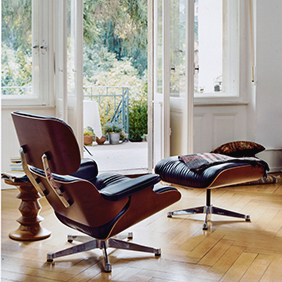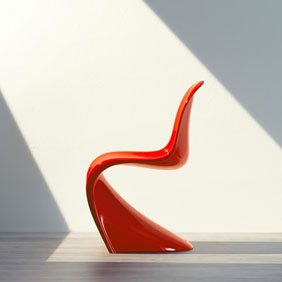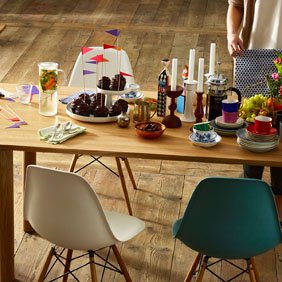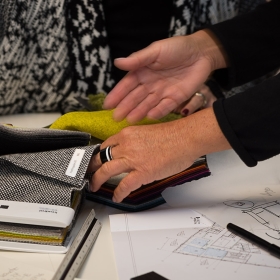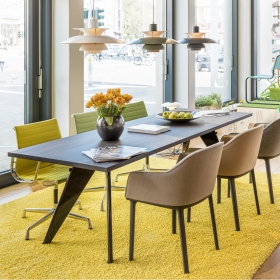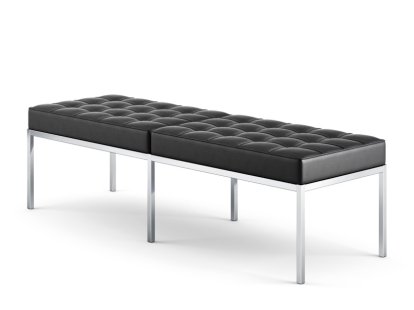Midcentury Design
Mid-century design and post-war America
First described in 1983 by the journalist Cara Greenberg, "Mid-century design" or "Mid-century modern", was a defining feature of architecture and design in America during the mid-third century of the 20th century. Originating in post-war America at a time when economic recovery, population growth, and technological innovation were leading to increased consumer spending, demand for affordable housing and furnishings, combined with the development of new production methods, the starting point for this design was European Modernism and the Bauhaus; therefore its should come as no surprise that mid-century design followed the popular motto "Form Follows Function". Characteristic of this design, however, were not only functionality, clear lines, and the renunciation of embellishments, but above all organic, flowing forms, new materials and techniques that made mass production possible.
The pioneers - Ray and Charles Eames
Two of the pioneers of Mid-century design were without question Ray and Charles Eames. With their innovative designs, they reacted sensitively to the new requirements of the time, creating designs that reflected technical innovations and functionality, and thus created a new aesthetic. With, for example, Eames Plastic Chairs they utilised the then completely new material fiberglass was used, from which the seat shells could be mass-produced. In combination with different underframes, the Plastic Chairs could be used in a wide variety of areas, cost-effectively and quickly produced, as well as shapely and functional.
Herman Miller and Knoll International - Motors of mid-century design
Among the most important protagonists of the Mid-century Design, the furniture manufacturers must not be forgotten. This is where Florence Knoll and Herman Miller stand out. On the one hand, they helped introduced the Bauhaus designers to America - Knoll International worked with Mies van der Rohe and Marcel Breuer - and on the other hand, helped established the careers of new American designers like Harry Bertoia at Knoll, or the in the case of Herman Miller, the Eames. These in turn decisively influenced the new design style beyond America's borders. Europe did not remain unaffected by the great success of American design: there were numerous overlaps and feedbacks, for example with Scandinavian design and functionalism in post-war Germany.
Mid-century Design in Europe
Amongst the leading protagonists of a European interpretation of Mid-century Modern one finds the likes of Gio Ponti, Jean Prouvé or Dieter Rams, while in Scandinavia a particularly Nordic interpretation was provided by the likes of Poul Henningsen and Arne Jacobsen; all creating in their own ways works of epoch-making importance, which are today among the world's most famous design classics. The spread of American mid-century design in Europe is again thanks to the manufacturer Vitra. Vitra's founders Erika and Willi Fehlbaum were the first to make works by designers such as Ray and Charles Eames or George Nelson available to the European market and continue to produce them today with great success.


